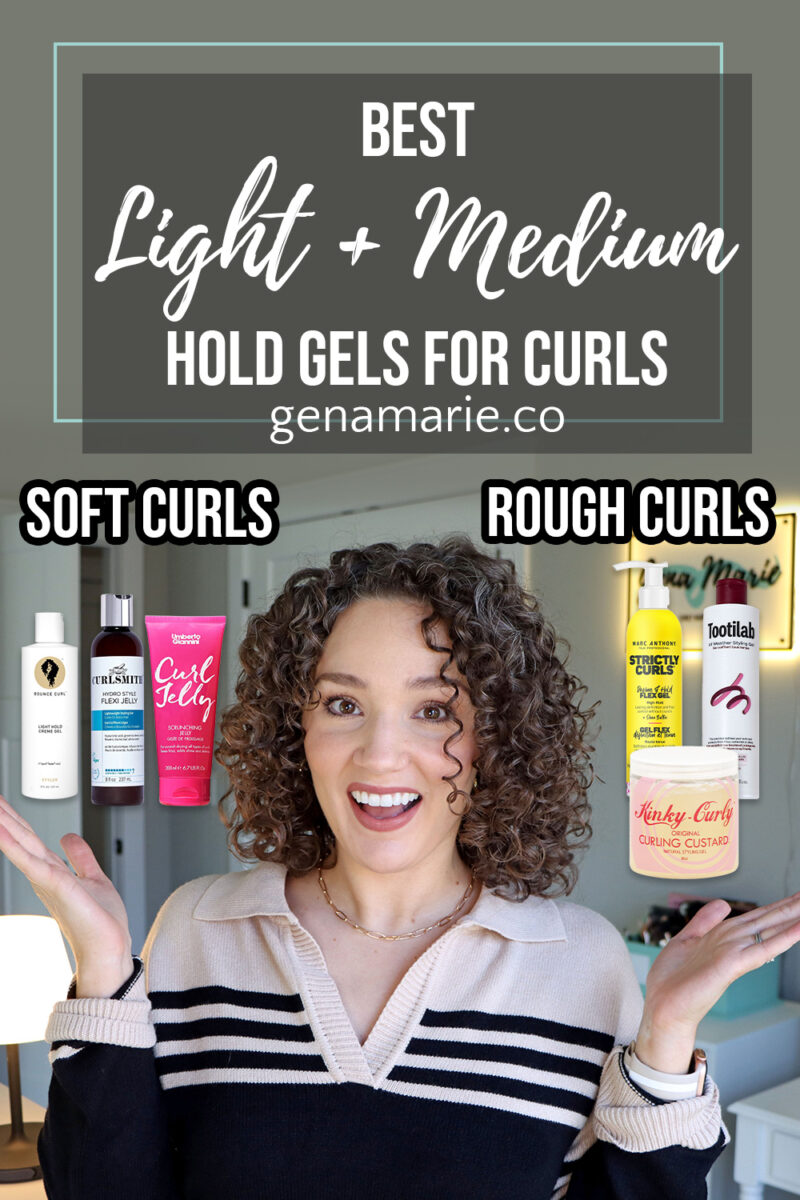
Best Light + Medium Hold Gels That Actually Work in Dry Climates (Fall & Winter)
Light and medium-hold gels are one of the biggest categories out there — and honestly, most of them don’t work. I’ve tested hundreds of gels.
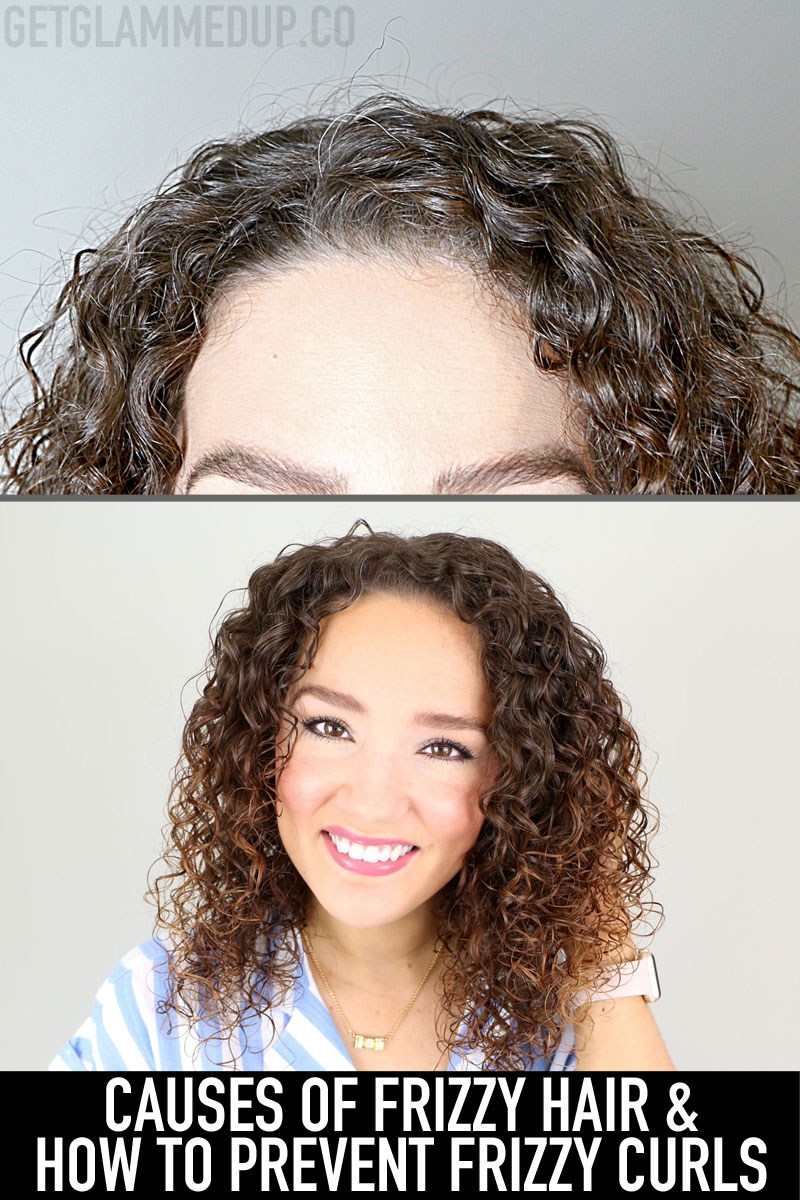
This blog contains affiliate links. Click here for a full disclosure.
Frizz is one thing I can guarantee that EVERYONE with curly hair battles. It’s totally normal, and is the nature of naturally curly hair. Depending on your hair type and health of your hair, some may have it worse than others. There are several common causes of frizzy curly hair that I’m going to share with you today, along with tons of tips to prevent frizzy hair.

How to prevent dry curly hair: DEEP CONDITION – your best friend. Use deep conditioners/hair masks weekly. Consistency is important here. I did a video here on How to Deep Condition Curly Hair for Beginners.
How to repair damaged hair cuticle: Protein treatments and Olaplex. Using hair masks and styling products that contain protein ingredients will help strengthen your hair. Be mindful to not over-do it, because too much protein can lead to brittle hair. Always balance protein treatments with moisture.
DevaCurl Deep Sea Repairis my favorite protein-based deep conditioner.
Olaplex No. 3 is one of the best products for repairing the hair’s cuticle by reconnecting broken disulfide sulfur bonds. More on that in this video.
Watch the rest of the Curly Haircare for Beginners video series for more.
Check out my latest video:
–Full Face Drugstore Makeup WITHOUT Foundation – Summer Tutorial

Light and medium-hold gels are one of the biggest categories out there — and honestly, most of them don’t work. I’ve tested hundreds of gels.
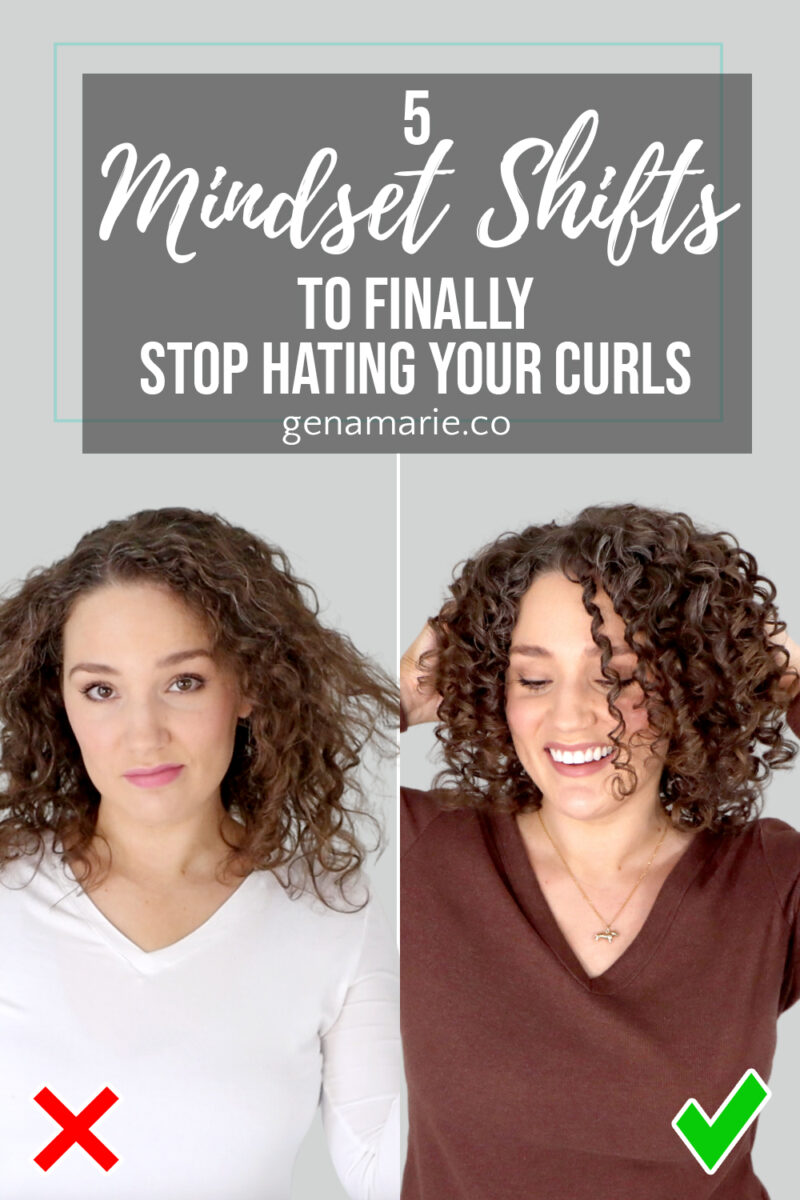
If you’ve ever felt frustrated with your hair or caught yourself thinking, “I just have bad hair,” “Nothing ever works for me,” or “My curls
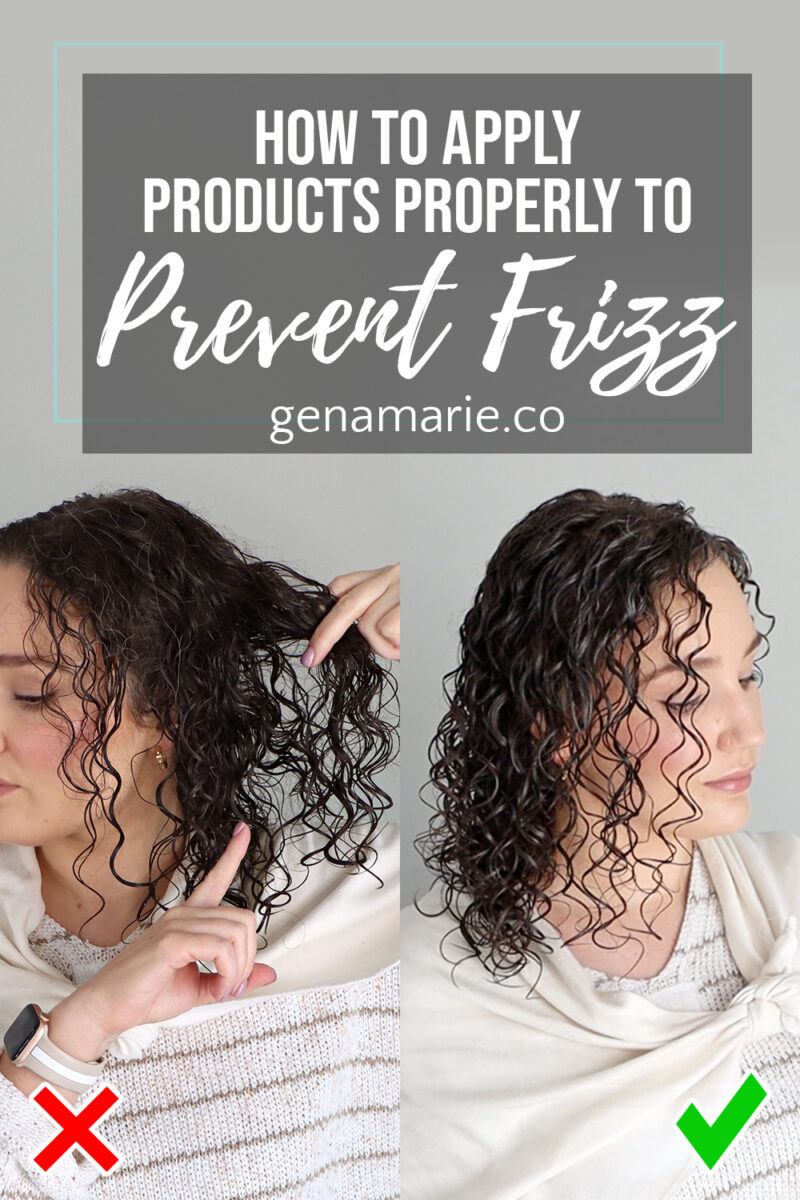
If you’re still getting frizz even though you’ve tried so many products, the issue may not be the products at all — it might be
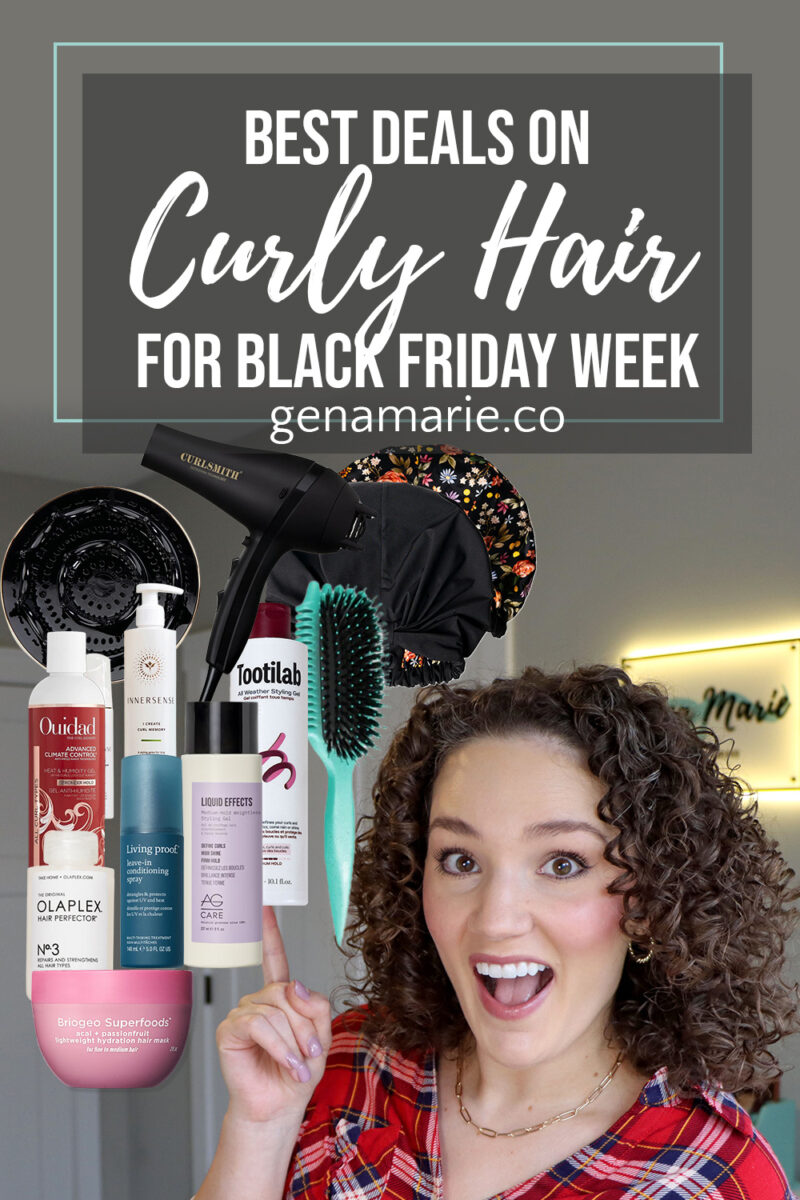
I’ve rounded up some of my top curly hair and beauty favorites that are on sale for Black Friday and Cyber Monday. I’ve included quick